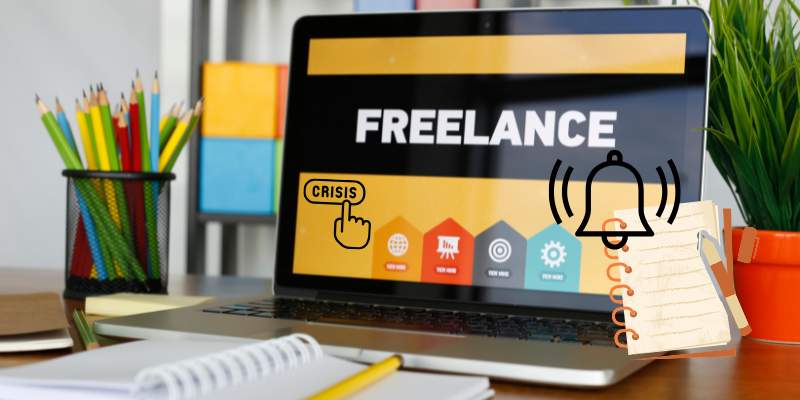It started with a byline that seemed just like any other—nothing flashy, nothing suspicious. But what editors at Wired and Business Insider later uncovered was anything but ordinary.
The supposed freelance journalist who had pitched multiple stories turned out not to be a person at all, but an AI-generated creation pumping out articles under a fabricated identity.
Both outlets have since pulled the pieces, a move that underscores just how easily even seasoned newsrooms can get caught off guard in this era of algorithmic trickery.
This revelation isn’t just a quirky footnote in media history—it’s a warning siren. The stakes are clear: if credible platforms can fall victim to AI masquerades, what hope do smaller publications, or readers casually scrolling headlines, really have?
Just last year, CNET had to walk back several finance articles after it admitted that much of the content had been quietly drafted by AI tools, sparking outrage over transparency and accuracy.
It’s not just about words on a screen, either. The rise of hyper-realistic deepfakes has already made life harder for both platforms and politicians.
Take the fake video of Senator Amy Klobuchar that circulated earlier this week—a clip so convincing that her office had to issue a statement debunking it. She’s now pushing legislation aimed at curbing the spread of malicious AI content.
If lawmakers are scrambling to separate fact from fabrication, you can bet the average voter scrolling on their phone is left scratching their head.
Meanwhile, researchers aren’t sitting still. A team at Cornell recently revealed an experimental method to tag videos with invisible, light-coded watermarks to help catch fakes before they spread too far.
Imagine that—truth tied to photons. It sounds like science fiction, but it might be the kind of innovation that keeps our feeds from drowning in synthetic “news.”
At the end of the day, the Wired/Insider incident feels like one of those “wake-up” moments. If AI-generated personas are slipping past editorial checks now, where will we be in five years? As someone who reads widely (and maybe trusts too easily), I can’t help but feel a bit uneasy.
But maybe the silver lining is this: every time these fabrications are exposed, it forces the industry to get sharper, leaner, and more skeptical. And in journalism, a little skepticism has always been the best tool in the box.

